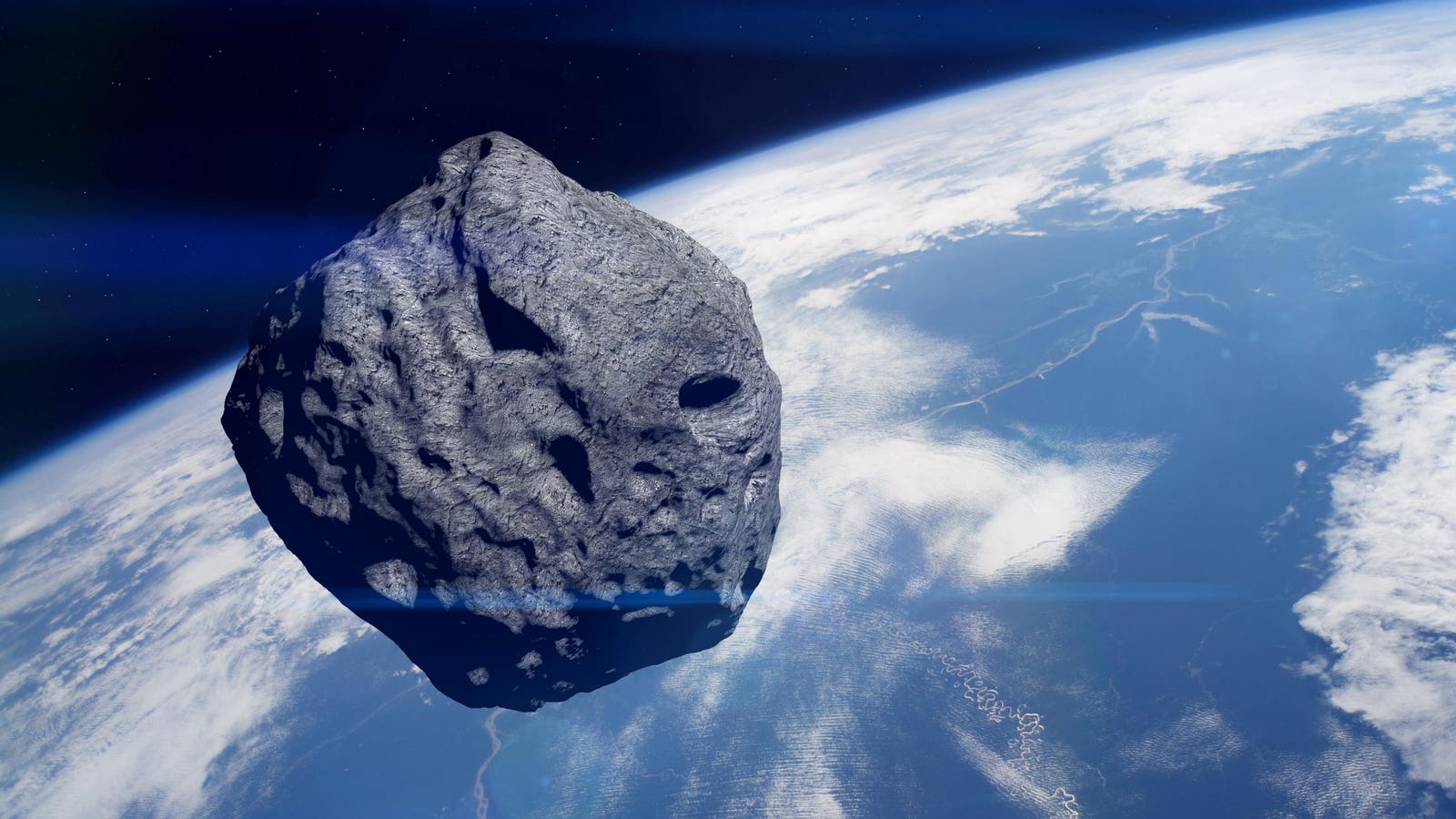Fossil O. megalodon tooth compared to a recent-day great white shark tooth.
Otodus megalodon, the largest shark to ever swim in our planet’s oceans, ruled the sea between 20 and 3.6 million years ago.
Despite its fame in pop-culture, surprisingly little is known about the anatomy and behavior of this species. Sharks have only a cartilaginous skeleton that quickly decays after death, only their hard teeth survive the long and arduous fossilization process.
Based on the fragmentary remains, length estimates for a full-grown O. megalodon range from 50 to 60 feet (15-20 meters). Special evolutionary adaptions including warm-bloodedness (an organism’s ability to maintain a relatively constant internal temperature) and giving birth to fully-developed newborns likely led to this gigantism.
The living animal required around 100,000 kilocalories per day. Scientists widely assumed that O. megalodon’s main calorie intake was in the form of whales, large preys providing also a high-caloric input thanks to their fat reserves.
However O. megalodon was not a picky eater, says Dr. Jeremy McCormack from the Department of Geosciences at Goethe University Frankfurt.
McCormack and colleagues extracted zinc from the fossil teeth, an element that occurs in isotopes of different weights. Zinc is ingested with food, but the specific isotopes preserved in muscles, organs and skeletal tissues depend on the animal’s place in the food chain. The tissue of large fish that eat smaller fish absorbs significantly less zinc-66, and predatory animal which, in turn, hunt them for food absorb even less.
“Since we don’t know how the ratio of the two zinc isotopes at the bottom of the food pyramid was at that time, we compared the teeth of various prehistoric and extant shark species with each other and with other animal species. This enabled us to gain an impression of predator-prey relationships,” explains McCormack.
Reconstruction of Otodus megalodon, the largest shark to ever swim in Earth’s oceans, by Oliver E. … More
The fossils they used for their study mostly came from marine deposits in Sigmaringen and Passau (Germany). Analyzing the zinc isotopes in the fossil remains of different species, they reconstructed the food chain as it appeared 18 million years ago.
“Sea bream, which fed on mussels, snails and crustaceans, formed the lowest level of the food chain we studied. Smaller shark species such as requiem sharks and ancestors of today’s cetaceans, dolphins and whales, were next. Larger sharks such as sand tiger sharks were further up the food pyramid, and at the top were giant sharks like Araloselachus cuspidatus and the Otodus sharks, which include megalodon,” explains McCormack.
The zinc signal in fossil O. megalodon teeth is more variable than expected. “Our study tends rather to draw a picture of megalodon as an ecologically versatile generalist; … by all means flexible enough to feed on marine mammals and large fish, from the top of the food pyramid as well as lower levels — depending on availability.”
“It gives us important insights into how the marine communities have changed over geologic time, but more importantly the fact that even ‘supercarnivores’ are not immune to extinction,” adds Kenshu Shimada, a paleobiologist at DePaul University in Chicago, U.S., and a coauthor of the new study.
What drove O. megalodon to extinction is still debated. However, the onset of a cooler climate around 5 million years ago and competition with smaller shark species likely played a role.
The study,“Miocene marine vertebrate trophic ecology reveals megatooth sharks as opportunistic supercarnivores,” was published in the journal Earth and Planetary Science Letters.
Additional material and interviews provided by Sadie Harley and Robert Egan, Goethe University Frankfurt am Main.







